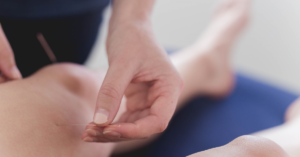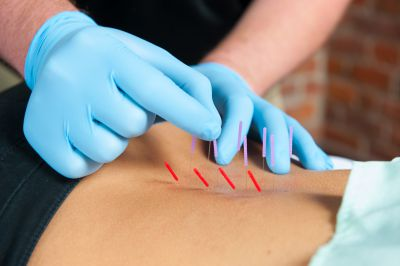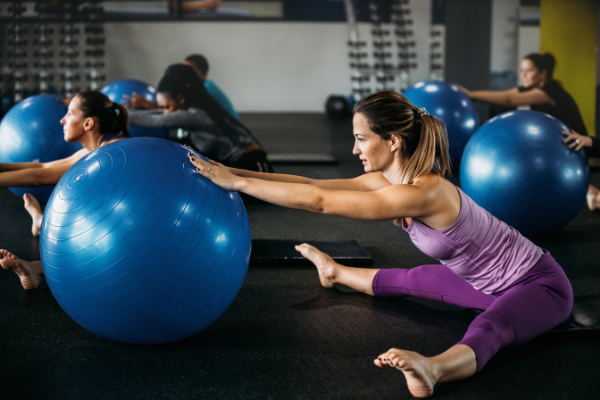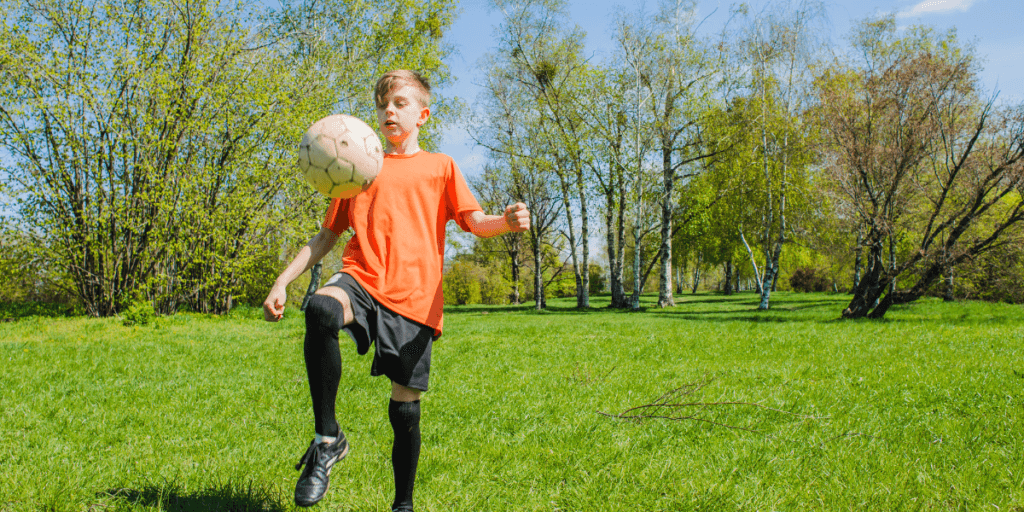What is Dry Needling ?
Dry Needling, as the name suggests, is a treatment involving needles. It is a skilled technique performed by a trained therapist where a single use thin filament needle is inserted into a tight muscles. It penetrates the skin, fascia and muscles to address adhesions, trigger points and connective tissue.
Is Dry Needling the same as Acupuncture?
You might be thinking that dry needling is acupuncture but although having similarities, they are quite different. Dry needling is focused on using strong stimulation on the muscles to get them to release and is designed to ease muscular pain, whereas acupuncture does not use strong stimulation and is based on the belief that it can restore the flow of Qi, an energy that flows through the body, using specific points to heal naturally.

What can I expect at a session?
A typical dry needling session at one of our physiotherapy clinics in Blanchardstown, Castleknock or Old Bawn, would consist of taking a brief history of the patient, questions on the injury and how it happened and assessment of the injury presented. The patient would then relax and single use needles would be used on the area affected. Needles would be used for 10-20 minutes depending on the patient, tolerance and pain. During this time, needles may be rotated slightly to encourage the healing process.
They would then be removed and the skin cleaned with a sterile wipe before reassessment of the joint or muscle movement. Our experienced therapist may provide a rehab program of stretches and exercises post treatment depending on the injury.
How Can Dry Needling Help?
Some of the benefits of dry needling include:
– Helps to speed up healing – Relieves pain by decreasing muscle tension – Breaks down trigger point adhesions – Increase joint range of motion
Is it sore?
During a dry needling session you may feel a slight sting as the needle first goes in or sometimes the muscle will twitch when the needle goes in causing a slight sting, though this feeling is nothing like an injection and in most cases patients can hardly feel it. It is normal to feel muscle soreness anywhere from 24-72 hours after dry needling. It will feel similar to the muscle soreness you may experience after a tough gym session. If you are worried or have a condition that may not be suitable for dry needling, please speak to one of our experienced therapists in our Blanchardstown Physiotherapy Clinic, our Castleknock Physiotherapy Clinic or our Old Bawn Physiotherapy Clinic for guidance.
What are the Side Effects of Dry Needling?
Every form of treatment can carry associated risk. Your physiotherapist can explain the risks and can determine whether Dry Needling is suitable for you based on your injury and your general health.
What conditions benefit from Dry Needling?
Dry Needling is not only limited to muscle adhesions in the body. It can also be used on joint injuries where by the needles are inserted along the ligaments or directed towards the joints.
Some conditions that would benefit are:
– Lower back pain
– Knee pain
– Shoulder dysfunction
– Tennis Elbow
– Carpal Tunnel Syndrome
– Patellofemoral Pain Syndrome (Runner’s Knee)
– Achilles Tendinopathy
– Ankle Sprains
– Hip pain
– Plantar Fasciitis
– IT Band Syndrome
Please do not hesitate to contact us if you have any questions at all. You can follow us on Facebook and Instagram for updates.
If you are looking for a Physio in Dublin 15 or Dublin 24 , you can book in to see one of our experienced Physio’s to get a more individualised assessment and treatment approach? You can book an appointment at our Blanchardstown Physiotherapy Clinic, Castleknock Physiotherapy Clinic or our Old Bawn Physiotherapy Clinic through our website www.somertonphysio.ie, email us on info@somertonphysio.ie or call us on (01) 9069566
Please do not hesitate to contact us if you have any questions at all and you can Follow us on Facebook for Updates.






